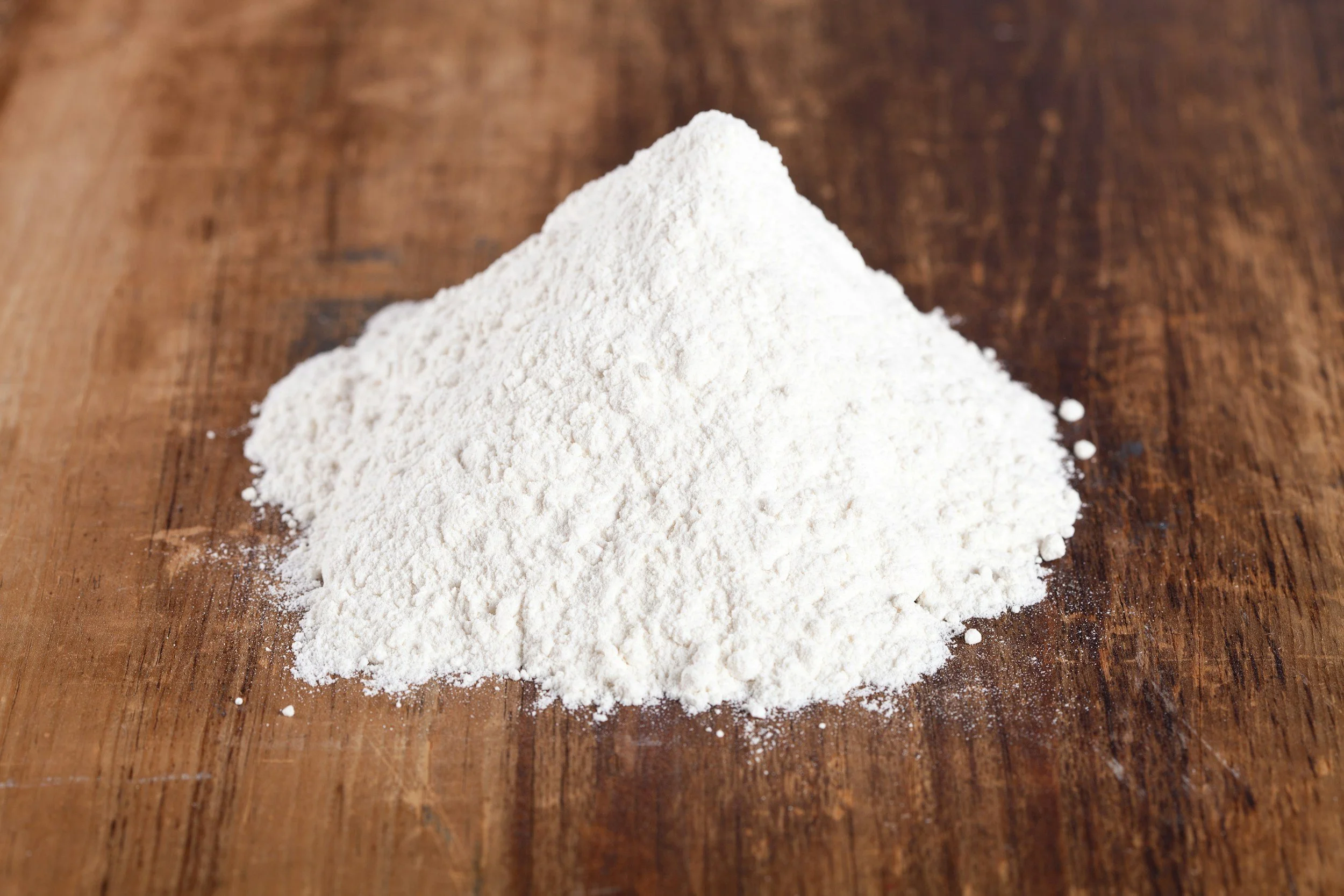White Kaolin Clay
White Kaolin Clay – Kaolinite
Why we love it at The Mindful Gem
White kaolin clay is a soft, mineral-rich, ultra-gentle purifying clay loved for its ability to absorb excess oil, refine pores, soothe irritation, and brighten the complexion without over-drying. As the mildest of all clays, kaolin is ideal for sensitive, dry, or reactive skin types. Its natural composition of silica, aluminum silicate, and trace minerals helps detoxify, calm inflammation, and lightly exfoliate the surface of the skin. Studies show kaolin effectively removes impurities while preserving the skin barrier, making it a staple in clean, nourishing mask formulations (Applied Clay Science, 2010, DOI: 10.1016/j.clay.2010.01.007). At The Mindful Gem, we use white kaolin clay in masks designed for gentle purification, oil balance, and a soft, luminous glow.
Ingredient Overview:
White kaolin clay is a naturally occurring soft clay made from fine-grained kaolinite minerals. It is known for being:
the gentlest of all cosmetic clays
non-drying and barrier-friendly
ideal for daily or frequent use
soothing to inflamed or sensitive skin
Parts Used & Traditional Uses:
Kaolin clay has been used for centuries in Chinese, African, and European beauty rituals for cleansing, calming, and absorbing impurities. Traditionally valued for:
reducing shine
soothing rashes and irritation
balancing sensitive or reactive skin
gentle exfoliation
Skin Benefits & Mechanism:
Absorbs excess oil without stripping moisture.
Refines pores and removes buildup.
Calms redness and irritation (especially beneficial for sensitive skin).
Provides gentle exfoliation through its fine mineral texture.
Leaves skin soft, smooth, and naturally radiant.
Key Benefits:
Gentle purification
Non-drying + barrier-friendly
Soothes redness + irritation
Refines pores + balances oil
Softens + brightens
Sources:
Murray, H. (2010). “Kaolin minerals and their cosmetic applications.” Applied Clay Science. DOI: 10.1016/j.clay.2010.01.007
Duke, J.A. (2002). Handbook of Medicinal Herbs.
European Pharmacopoeia Monograph: Kaolin
